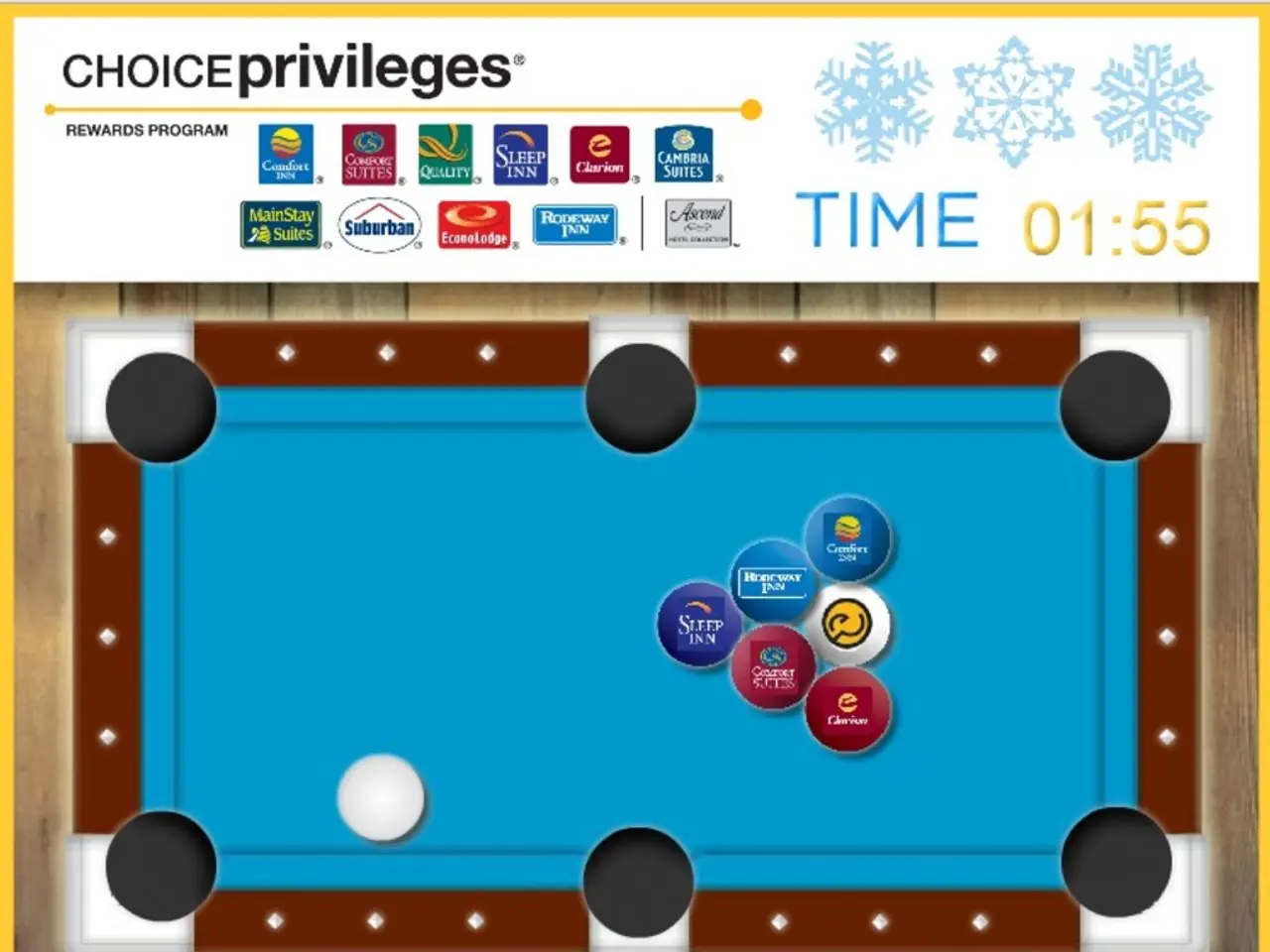Rocketbrush Studio's Artwork Pricing Methodology
Creating top-quality game art is a collaborative process between clients and professional studios, ensuring both parties share the same expectations. This article outlines the step-by-step approach taken by concept art studios to estimate game art projects accurately.
**Step 1: Game Overview**
Begin by providing a clear overview of your project, including genre, target audience, platform, and art direction style. This context helps the studio tailor their approach to your game's identity and vision.
**Step 2: Specify Asset Types and Quantities**
Clearly define what assets are needed, such as characters, environments, props, vehicles, UI elements, etc., and indicate the quantity of each asset type. This information directly impacts both time and cost estimates.
**Step 3: Provide Visual References**
Share mood boards, concept sketches, or references from existing games, films, or artists that capture your desired look. Visual aids help the studio understand the visual language and level of detail you expect, reducing guesswork and revision cycles.
**Step 4: Level of Detail (LOD)**
Describe the complexity and detail level for each asset. Whether characters are highly detailed with realistic textures and intricate outfits or simpler, stylized designs affects both production time and cost.
**Step 5: Asset Size or Resolution**
Specify the resolution for 2D assets (e.g., pixel dimensions) or polycounts/topo for 3D assets. This ensures technical compatibility and performance.
**Step 6: Nuances and Specific Requirements**
Clarify any technical, artistic, or project-specific requirements, such as rigging needs for characters, animation requirements, platform-specific optimizations, or compliance with art guidelines.
**Step 7: Provide an Estimated Timeline**
Indicate your desired completion window. This helps the studio plan resources and identify potential bottlenecks and whether rush timelines require additional resources or incur extra costs.
**Step 8: Review and Refine the Estimation**
The studio will synthesize your requirements into a detailed proposal, including breakdowns by asset type and complexity, timelines for each phase, cost estimates per asset or as a package, and clear communication on deliverables and milestones.
**Key Points for Accurate Estimation**
| Step | What to Provide | Why It Matters | |------------------------------------|---------------------------------------------------|----------------------------------------------------------------------------------| | Game Overview | Genre, style, target audience, platforms | Sets the artistic and technical direction | | Asset List | Type and quantity of all assets | Determines scope of work and resource allocation | | Visual References | Mood boards, concept art, inspirations | Guides art style and ensures artistic alignment | | Level of Detail | Complexity for each asset type | Affects time, cost, and production approach | | Size/Resolution | Pixel size (2D), polycount (3D) | Ensures technical compatibility with target platform | | Nuances & Requirements | Technical, artistic, or project-specific needs | Prevents costly rework and ensures all needs are met | | Timeline | Desired delivery dates | Helps plan resources and identify potential rush costs |
**Typical Estimation Outcomes**
Based on your inputs, studios can provide rough estimates—for example, a simple character concept might take 1–2 days, while complex, multi-pose, highly detailed characters could take a week or more. For 3D art outsourcing, costs might range from $1,000–$5,000 per character and $1,500–$10,000 per environment, depending on complexity and detail level.
Always request detailed quotes from multiple studios, comparing not just price but also portfolio quality, communication, and workflow compatibility. By following this structured process and providing comprehensive, detailed information upfront, you streamline the estimation process and set the stage for a successful partnership with your concept art studio.
Incorporating the given words into the given text, we can create the following sentences:
- To ensure a smooth workflow between smart-home devices and other gadgets, it's essential to define the technology standards, specific requirements, and compatibility issues during the initial stage.
- The technology advancements in gaming, such as virtual reality and augmented reality, are revolutionizing the landscape, introducing new challenges and opportunities when estimating game art projects, requiring both the studio and client to keep up-to-date with emerging gadgets and trends.




